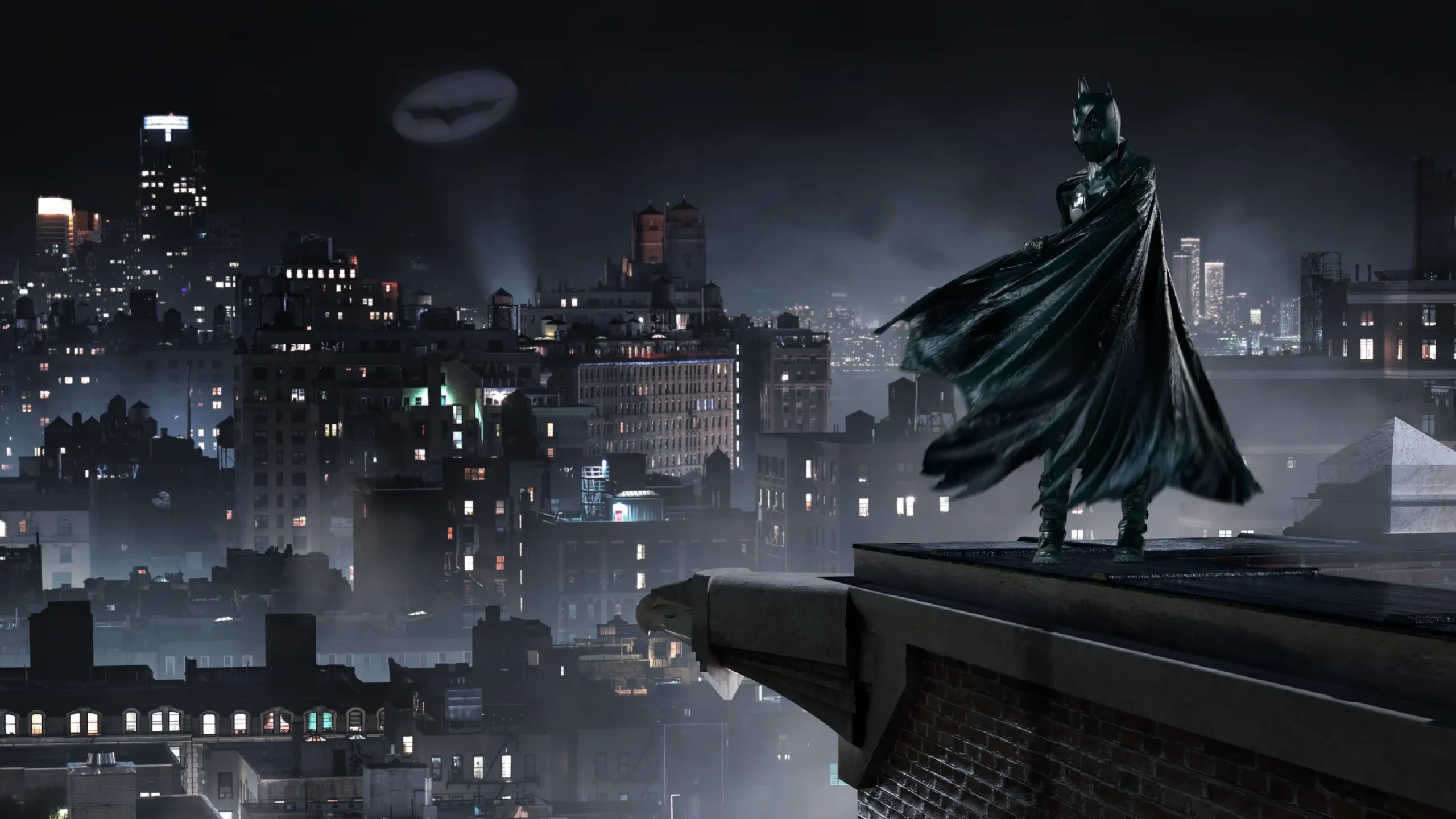The Origin of Cosplay
Ceophotography – he Origin of Cosplay The Origin of Cosplay The Origin of Cosplay: the Ancient Desire to Step into Character The Origin of CosplayCosplay — short for “costume play” — is, at its core, a deeply human urge to step out of one’s own identity and into another. This desire has existed throughout history, from masked rituals and theatrical performances to traditional masquerades like carnival. In its modern form, cosplay began to take shape in the mid-20th century, especially in Japan and the United States, when sci-fi and anime fans started dressing up as characters at themed events, comic conventions, and fan club gatherings. The earliest known cosplay photographs date back to the 1930s at American sci-fi fan conventions. By the 1970s, fans were not only wearing costumes but also engaging in full performances — embodying their characters both physically and psychologically. Cosplay in Japan: The Visual Fulfillment of Anime Culture Japan in the 1980s marked the explosive rise of cosplay.The rapid growth of anime, manga, and video game culture created entire character universes that invited fans to explore identity through transformation. Cosplay became more than just play — it became a form of creation. Designing costumes, sewing, building armor, applying makeup, using contact lenses and wigs — all became tools of artistic expression. Characters are not only sources of aesthetic inspiration but also psychological anchors. The fan brings the character to life, and in return, the character empowers the fan. The Rise of Cosplay Photography As cosplay became increasingly complex in its visual expression, so did the desire to capture these characters and costumes in high-quality, cinematic imagery. Early cosplay photography and posed studio portraits had more of a documentary nature. But soon, new trends emerged — characters placed in scenic landscapes, cinematic post-processing, CGI elements, and lighting setups tailored to support the mood and personality of the character. The role of the cosplay photographer evolved from simple documentation to that of a visual director. Each image was expected to convey atmosphere, narrative, and motion. Martin Wong — The Global Face of Cosplay Photography California-based Martin Wong is one of the most iconic figures in the world of cosplay photography. His work is cinematic, character-driven, and unmistakably stylish. Wong’s brilliance lies in capturing not just the costume — but the hero within. His compositions are powerful, with cinematic framing that balances action and emotional depth. His photos are not only visually stunning, but also capable of reshaping reality. His style serves as a global inspiration for photographers, cosplayers, and artists alike. His work has been featured by IGN, Nerdist, Kotaku, Syfy, and Marvel, while he continues to pursue personal projects as well. Cosplay Photography Today: The Birth of a Visual Art Form Today, cosplay photography stands as an independent, hybrid art form — blending elements of fashion photography, portraiture, cinematic scenes, fantasy illustration, and performance art. Professional cosplay photography encompasses a wide range of tools and techniques: Studio or on-location shoots Composite editing and post-production Color grading and visual effects Conceptual storytelling At the center: the lifelike presence and energy of the character. The photograph doesn’t just replicate the character — it creates their world and emotional atmosphere. Cosplay Photography as a Form of Authentic Self-Expression Cosplay photography is much more than just fan art.It has evolved into a distinct artistic genre that speaks not only about the character, but also about the creator behind it. A true cosplay photo doesn’t just show what you wear — it reveals who you become in that role. It’s the photographer’s job to capture this through lighting, framing, angles, and storytelling. Becoming the character is liberating. The photo preserves that fleeting moment. That’s what makes it so powerful. The Future: AR, 3D, the Metaverse — Digital Cosplay? Emerging technologies — such as AR (augmented reality), 3D character scanning, and AI-driven generative design — are expanding the artistic frontiers of cosplay photography. Yet the core remains unchanged: a photo only becomes powerful when it captures true presence. It is the performer’s identification with the character — and the photographer’s mastery of light and humility — that elevates the image to art. Cosplay photography is not just visual entertainment. It’s a journey where identity, genre, character, and personal style converge. This is no longer just a game. It’s a language. A visual manifesto. To craft that manifesto, we use Phase One technology. Portrait Photography – captured with a Phase One camera Phase One is a Danish-made, professional medium format camera system used by the world’s leading fashion, portrait, and product photographers—where perfection isn’t an option, it’s the standard. What’s the difference between “normal” and medium format cameras? While most DSLR or mirrorless cameras (like Canon, Sony, or Nikon) use full-frame or APS-C sensors, the Phase One features a significantly larger sensor. This allows it to: capture more light offer greater dynamic range retain deeper color information produce visibly richer detail and a more refined visual experience Why is Phase One special? 1. Razor-Sharp Details Up to 150 megapixels – capturing every pore, paint reflection, and light sparkle with unmatched precision. 2. 16-Bit Color Depth Instead of 65,000 tones, it records over 280 trillion color shades. The result is ultra-realistic, touchable imagery. 3. Extreme Dynamic Range Preserves detail in both highlights and shadows – no blown-out skies or lost shadows. 4. Modular & Industrial-Grade Build Fully modular system with interchangeable backs, digital viewfinder, and ultra-durable shutter – built to last for decades. When to Use Phase One? Razor-Sharp Detail When quality is not just a goal, but a message — for fine art portraits, car ads, or art documentation When the image is destined for print: gallery walls, magazines, or books When the photo builds identity — a well-composed Phase One portrait or car image isn’t just beautiful, it’s unforgettable. Summary The Phase One camera doesn’t just take better photos.It creates images that are deeper, richer, and more distinctive.Images where the details don’t just show — they tell a story about you … Read more


